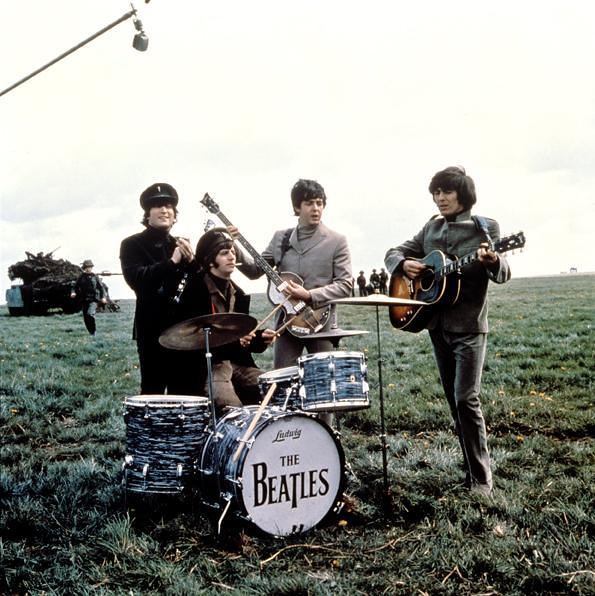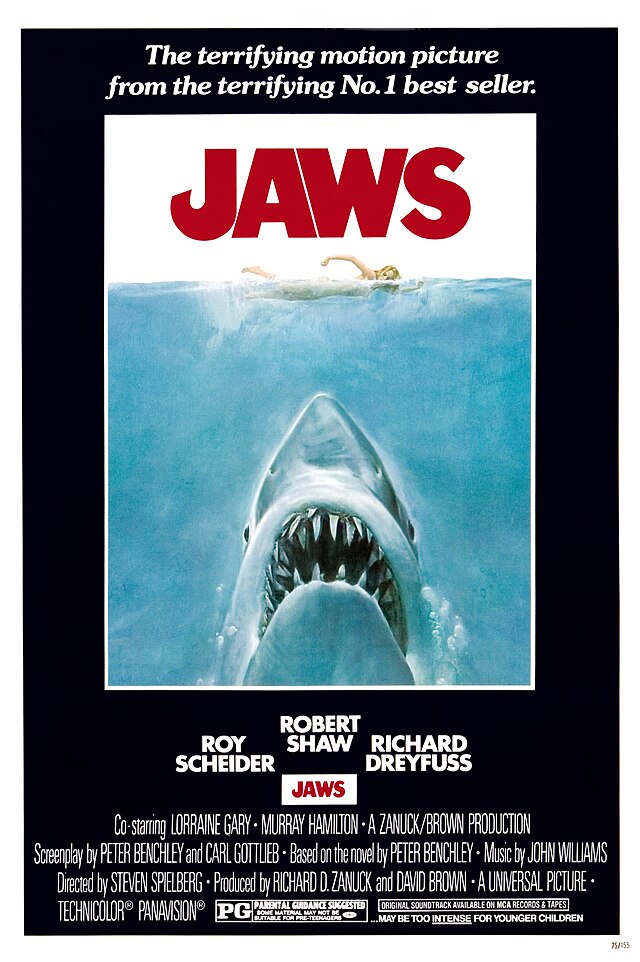The Beatles are without a doubt the most influential band of all time. Formed in Liverpool in 1960, the group went on to produce several record-breaking albums and films, attracting millions of fans. The four members – John Lennon, Paul McCartney, George Harrison and Ringo Starr – all quickly became, and continue to be, household names across the world.
With half of the group being dead for over two decades, it’s unimaginable that the group would still be able to release new music involving all four members. I suppose we live in unimaginable times, though.
On November 2, 2023, The Beatles’ last song, “Now and Then,” was released.
Why and How it Happened
The story goes that this song began with the late frontman Lennon, who created a series of demos in the late 70s. By this time, the group had already split ways. In legal terms, The Beatles did not exist after December 1974. “Now and Then” began as a piano demo that Lennon was unable to finish, most likely because of his assassination in 1980. Years after his death, Lennon’s widow, Yoko Ono, was rumored to have gifted the demo, along with other unfinished works, to McCartney.
In 1995, a documentary television series entitled “The Beatles Anthology” was released. It was broadcast on UK television in eight parts. The series aimed to illuminate the personal lives of the surviving Beatles, with archival clips of Lennon throughout. With the series came the release of three compilation albums, entitled “Anthology,” 1, 2 and 3. Two of Lennon’s demos were included in these albums: “Free As A Bird” and “Real Love.” As the story goes, the plan was to include “Now and Then” in these compilation albums, but the song was scrapped due to the perceived inability to perfect it with the technology available. The other two were able to be completed with the help of the remaining Beatles: McCartney, Starr and Harrison. Harrison then died in 2001.
In 2021, Disney released a three-part, eight-hour long docuseries entitled “Get Back,” which showed the writing process for the album “Let It Be,” as well as the infamous rooftop concert at London’s Savile Row. The docuseries was directed and produced by Peter Jackson. Jackson utilized AI technology to separate the various instruments and voices in the recordings used in the docuseries, providing a richer and clearer experience for the viewer.
Utilizing the same AI technology from the docuseries, Jackson was then able to work with the living Beatles, McCartney and Starr, to finish the “Now and Then” demo Lennon had started in the 70s. They were also able to source Harrison’s guitar recordings from the 1995 sessions, thereby allowing all four Beatles to contribute to what is now being called their “final” song.
The final version of the song was created using AI audio restoration technology from Jackson, additional lyrics from McCartney, Lennon’s voice and Harrison’s guitar tracks. Additional vocal and instrument recordings from McCartney and Starr were also used in the song.
The Music Video
As if it is not crazy enough that technology allowed the Beatles to release a new song containing all of its members, a music video was also released that included new clips of all four members interacting.
The music video, also directed by Jackson, shows McCartney and Starr seemingly recording the new song. This is a normal concept, and an expected one, considering the reunion of the two Beatles after so long. However, unexpectedly seen are Lennon and Harrison, seemingly dancing and recording the song along with them!
The two have been edited in from old video clips, as Harrison is seen rocking his Sgt. Pepper era ’fit for most of the video, and the editing is not as smooth as the audio recording for the song is. However, seeing the four perform together again is heartwarming. Old clips of Starr and McCartney are used throughout as well. In various parts of the video, you can see Starr and McCartney performing with their younger selves, which is an interesting artistic and metaphorical choice on behalf of the director.
Clips from the 1995 sessions are utilized in the music video as well, further revealing the process of how the song was made. It is unknown if the clips of Harrison that were used are of him working on this specific song, but nonetheless the involvement of these clips allows for the viewer to see the involvement of almost every Beatle in this song.
What Does This Mean for the Music Industry?
While it is mind-blowing that the Beatles were able to release a song involving the entire group – both alive and dead – it raises a lot of moral and ethical questions about the lengths AI can go to, specifically in the music industry.
As a Beatles fan, I was very confused about how to feel regarding this song. Is it ethical to release music that an artist may have intentionally left unpublished? Is it moral to finish someone else’s solo work? Is it considered stealing despite the fact his widow gifted the demo?
There are a lot of questions left unanswered that may be unanswered forever. I think the song is highly sentimental, and speaks on both Lennon and McCartney’s feelings regarding the past, however, I find myself conflicted listening to it. It’s as if I’m listening to something that I was never supposed to. It’s almost like reading someone’s locked diary.
Furthermore, the use of AI leads me to wonder if this is the Beatles “last” song. What is stopping them from finishing and releasing more archived demos? If this technology is proving a success now, why wouldn’t Starr, McCartney and Jackson continue to capitalize on it? What’s stopping other artists from utilizing this same technology, and where does the line get crossed regarding when to stop? Is this technology going to be the future of the music industry? A lot of questions cannot be answered now, but I assume we will receive the answers in the following years. I’m scared to find out what these answers will be.



